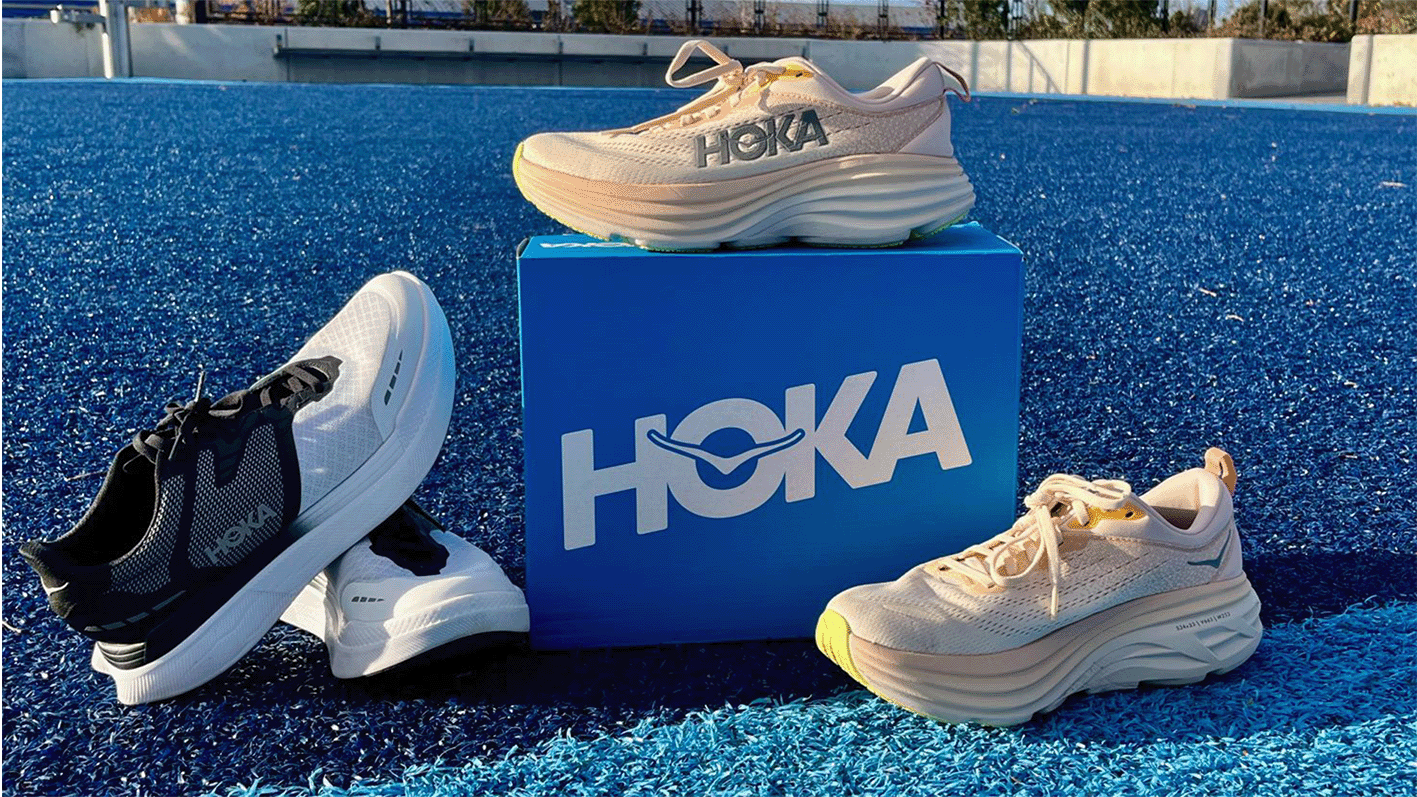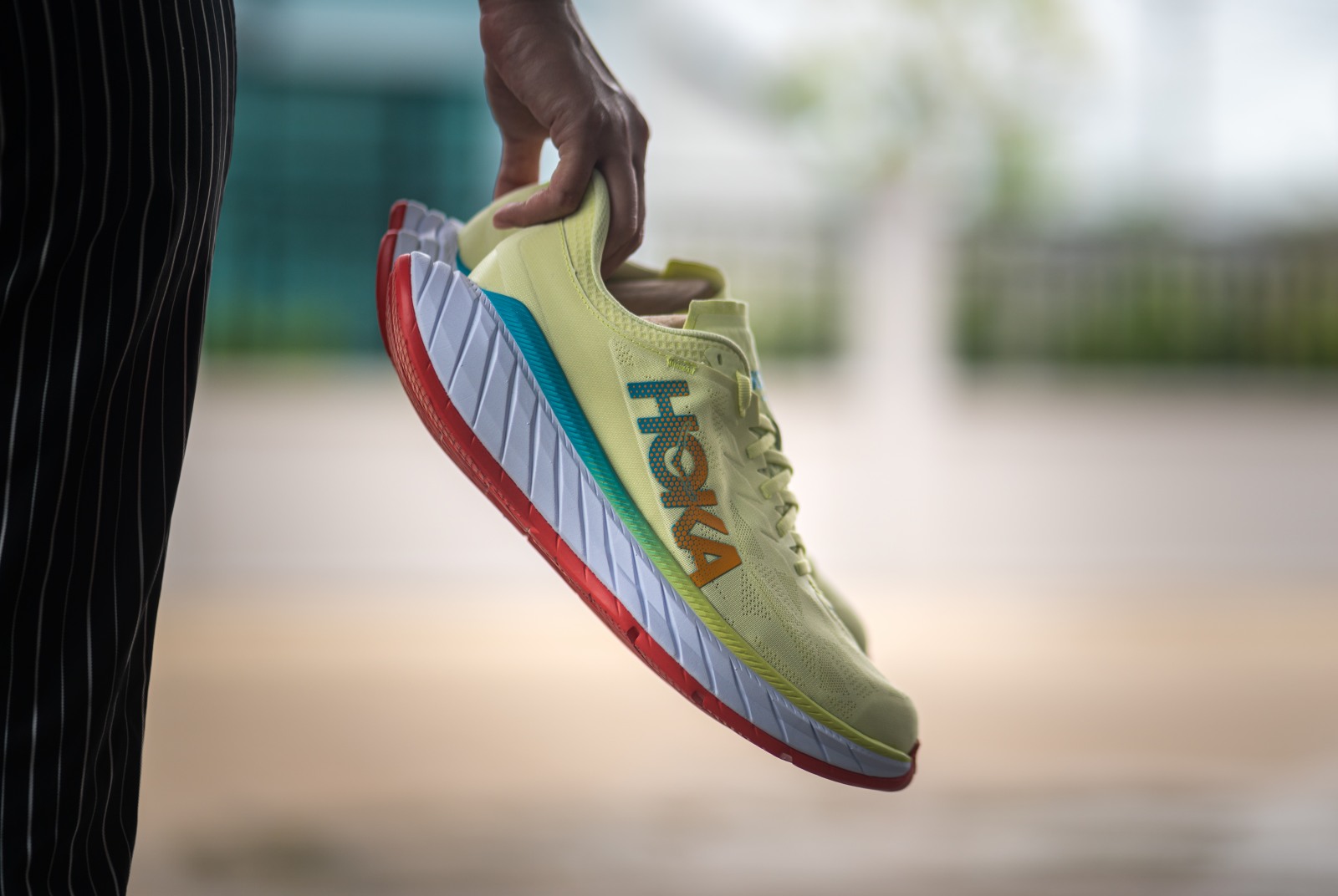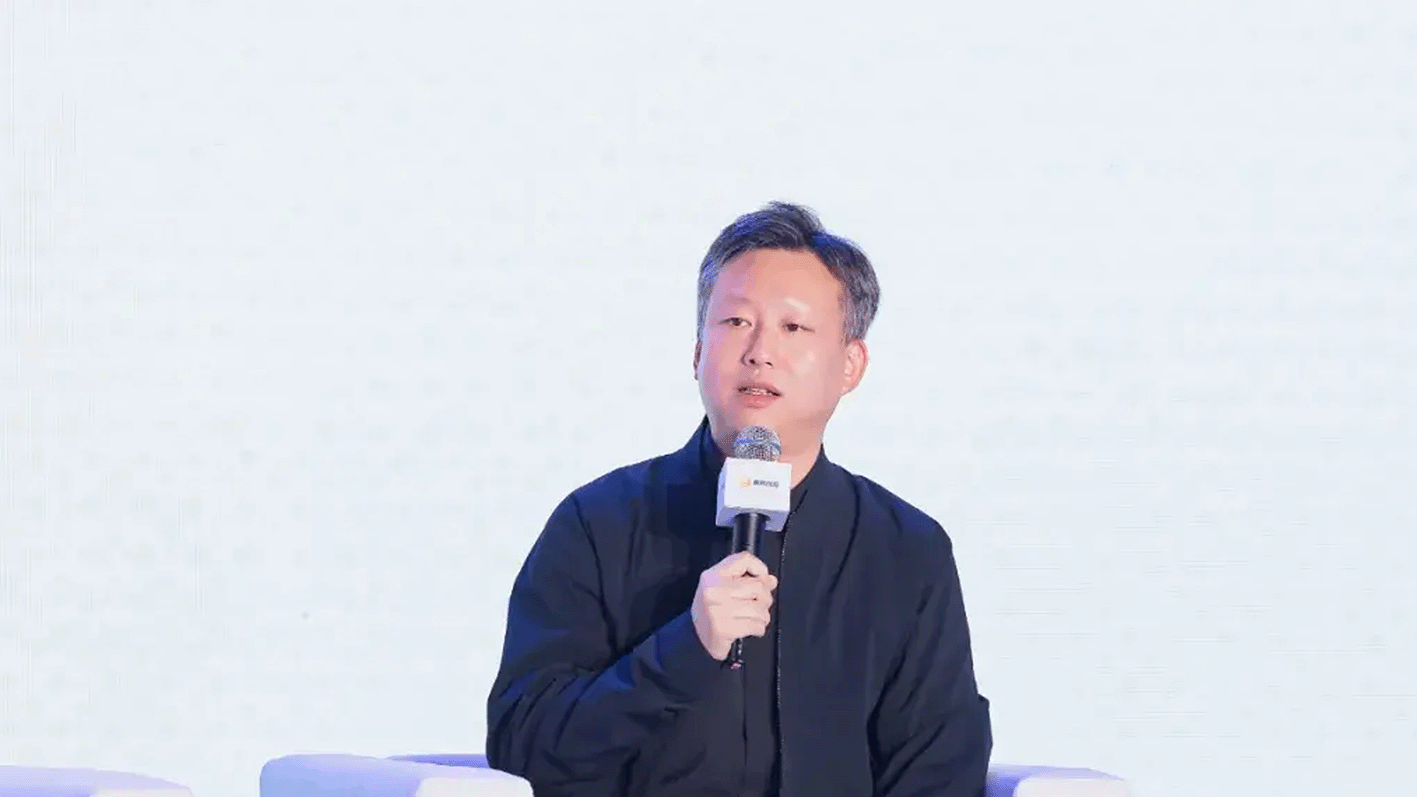- FEATURE
- |
- MERGERS & ACQUISITIONS
- |
- FINANCIAL
- |
- MARKETING
- |
- RETAIL
- |
- ESG-SUSTAINABILITY
- |
- LIFESTYLE
- |
-
MORE


In a mature market, every up-and-coming brand has to battle both established giants ahead and hungry newcomers from behind. It’s a constant, uphill marathon. And when a direct competitor with striking similarities comes into play, even the smallest misstep gets magnified, threatening to turn a small crack into a gaping hole.
HOKA is a textbook case of this dilemma. As a relatively young player, it’s not just fending off Nike and adidas on one side, or niche labels like Norda, NNormal, Craft, and Soar on the other—it’s also running neck-and-neck with its closest rival, On Running.
And in that comparison, HOKA currently looks the weaker of the two—less focused, more disjointed.
Both HOKA and On were born around the same time—2009 and 2010 respectively—in France and Switzerland. Both are performance-driven brands with a focus on running, and both have managed in just over a decade to challenge the dominance of traditional titans like Nike and adidas.
Coincidentally, both entered the Chinese market around the same time too: HOKA in 2017, On in 2018. In the years since, both companies have maintained annual growth rates of 30% or more, with both surpassing the $2 billion revenue milestone by 2024.
But in 2025, the gap between them began to widen.
According to the latest earnings from HOKA’s parent company, Deckers, the brand saw a 10% year-over-year increase in Q4 sales (ending March 31), reaching $586 million. However, this marked a significant slowdown compared to the 23.7% and 35% growth it posted in the previous two quarters. Full-year revenue rose 24%, but that too was down from last year’s 27.9%.
Meanwhile, On Running reported a 43% surge in Q1 revenue—also ending March 31—hitting 727 million Swiss francs, its best quarterly performance to date. The company even raised its full-year sales growth guidance to 28%.

Deckers CFO Steven Fasching explained HOKA’s slower growth as a result of economic headwinds, slower customer acquisition, a quiet product cycle, and aggressive discounting to clear old inventory—moves that ate into both revenue and gross margins, particularly in its DTC (direct-to-consumer) business.
Because of market uncertainty, Deckers chose not to issue guidance for fiscal year 2026.
This sharp deceleration triggered alarm bells. Deckers’ stock plunged more than 19% following the earnings release, as analysts speculated that HOKA may be hitting its growth ceiling sooner than expected.
Especially when viewed next to On’s performance, HOKA’s numbers seemed underwhelming.<

























